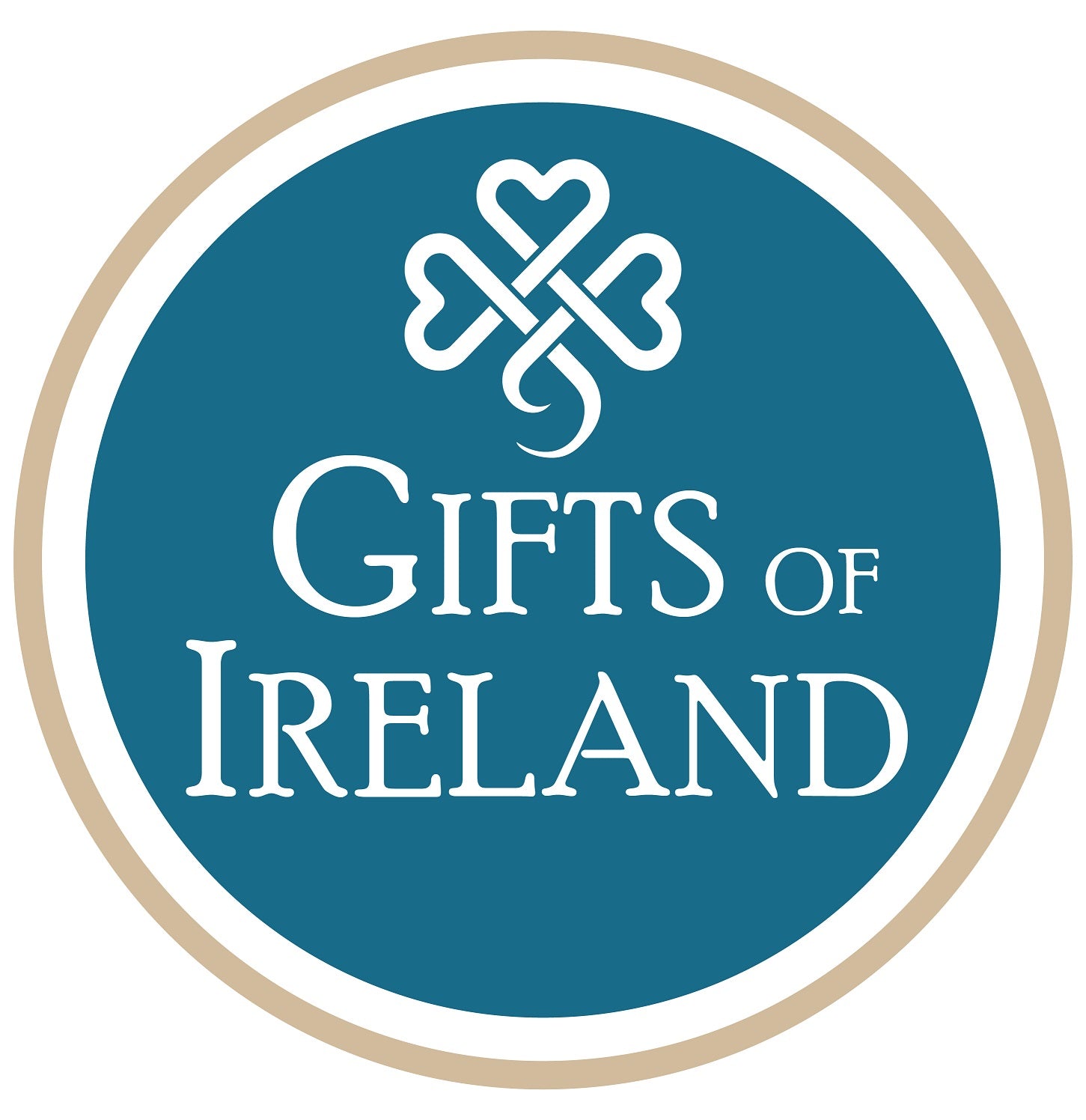The medieval period in Ireland was a truly fascinating time. It was a time of close-knit clans, battling kings, and invaders that would change the course of Irish history forever. This rich history comes alive with the Mullingar Pewter Medieval Chess Set. Let your imagination run wild and picture yourself protecting the territory of your kinsman with the exquisitely rendered figures made of genuine, expertly crafted Irish pewter. To help you immerse yourself in this exciting time, we've put together this overview of life and society in medieval Ireland.
Rural Life and Ruling Clans
Society in Gaelic Ireland was organized in a far different way than today. The population was entirely rural and more widely dispersed, with small ringforts acting as the only hubs of occupation and activity. About 40,000 of these sites are documented today, though there may have been as many as 50,000. By 800, small towns had started to form around some of the larger monasteries, such as Trim and Lismore. It was not until the Vikings settled in Ireland that larger towns began to form. The cities of Dublin, Cork, Wexford, Waterford, Wicklow and Limerick were all founded by Viking settlers. Dublin was among the first settlement and became an important base of power for the Vikings.
Gaelic Ireland was divided into territories that were each ruled by a hierarchy of kings of chiefs. This patrilineal society was comprised of and ruled by families, with family dynasties spreading throughout the country and passing their power to their male members. From around the eighth century, the country began to recognize a higher ruler named the High King of Ireland, who had authority over the individual clan rulers. The High King's crowning and seat of power were at the Hill of Tara in County Meath.

Conflicts and conquerors
Conflict was a common feature of Gaelic medieval life, as ruling clans were continually locked into struggles for power. Early Irish annals show that recurring clashes between the northern Uí Néill dynasty and the families in Leinster (Irish: Laigin), with the Uí Néill conquering as far south as the Kildare/Offaly border and claiming the kingship of Tara. This led to the division of the country into two halves: Leth Cuinn, meaning "Conn's half" after Conn of the Hundred Battles of the Uí Néill and Connachta clans in the north, and Leth Moga, "Mug's half," after Mug Nuadat, ancestor of the Eoganachta, in the south.
Vikings began to attack and attempt the conquer of Ireland from the late eighth century and would also be a continual source of war and strife. During this time the Viking settlers were constantly involved in conflict with the native Irish, although they also formed alliances with some of the Irish kings and chieftains. The most well-known Viking battle in Ireland has to be the Battle of Clontarf in 1014 in which Brian Boru, High King of Ireland, was killed fighting against Gaelic and Viking forces.
By the twelfth century, this hostility was ever-present. The King of Leinster Dermot McMorrogh appealed to King Henry II for a fleet of soldiers from Normandy to support him in his battle against Tiernan O'Rorke, the ruler of Cavan and Leitrim (called Briefne in those days). To entice their involvement, Dermot promised his daughter's hand in marriage and his throne following his death to the Earl of Pembroke Richard Fitzgilbert de Clare. This was the first step in the integration of the Normans into medieval Ireland.

A New Era of Irish Art
There was a proliferation of Insular and Monastic art in medieval Ireland, and we proudly hold many incredible examples of this. Most famous among these artefacts is the Book of Kells, along with carved stone high crosses such as Clonmacnoise.
The medieval period in Ireland was one of the most captivating in our history. This chess set from one of our favorite makers Mullingar Pewter, is a unique way to capture a piece of Irish history. Mullingar Pewter combines traditional handcrafted techniques that take many years to perfect, along with modern advances, producing wonderful Irish gifts. Every piece is made in Ireland in County Westmeath.
To commemorate this formative period, we are offering 15% off this beautiful chess set. Enter CHECKMATE15 at checkout to receive 15% off. This is certainly an item that any chess or history lover will be thrilled with.

